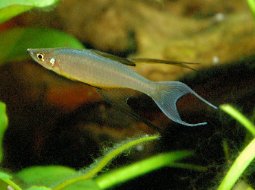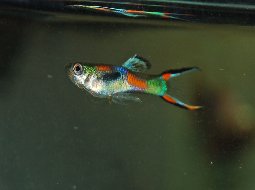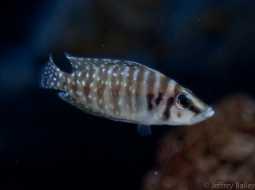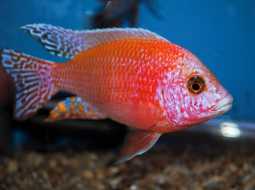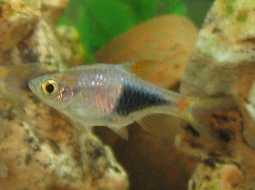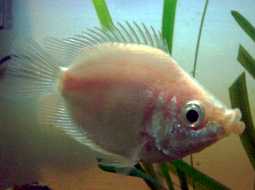
Loading Aqualapp ...
Care and Compatibility of Tetraodon Nigroviridis - Tetraodon Nigroviridis
Introduction
The Tetraodon Nigroviridis, or Freshwater Pufferfish, is a popular species in aquariums due to its unique appearance and interesting behavior. Its body is rounded and its skin can display a combination of colors, including green, yellow, and black. They are relatively small fish, reaching a maximum length of approximately 10 centimeters. Their distinctive trait is their ability to inflate, which they can do when they feel threatened. This gives them a larger appearance and deters potential predators. However, this ability requires special care and a suitable environment to prevent injuries. They are best kept in spacious aquariums with hiding places and aquatic plants. They are carnivorous fish and their diet consists mainly of small invertebrates and live or frozen foods. As a territorial species, it is important to provide them with enough space and avoid the presence of other small and vulnerable fish in the aquarium.
Behavior
The Tetraodon Nigroviridis, also known as the Freshwater Pufferfish, is a freshwater fish that is characterized by its spherical body shape and its ability to inflate in response to stress or to intimidate predators. They are carnivorous fish and primarily feed on small invertebrates, such as aquatic insects and crustaceans. They are known for their territorial aggression and can be aggressive towards other fish in the aquarium. Due to their nature and size, they require a properly filtered and spacious aquarium. Additionally, they contain a toxin called tetrodotoxin in their body, which can be lethal to other animals and, in extreme cases, even to humans. Therefore, caution is required when handling and keeping this species.
Sexual Dimorphism
Sexual dimorphism in Tetraodon nigroviridis is minimal and difficult to distinguish. Both males and females have a similar appearance. During the breeding season, they may exhibit more pronounced territorial behavior.
Reproduction
The reproduction of Tetraodon Nigroviridis in captivity can be challenging due to their territorial and aggressive nature. To induce reproduction, it is necessary to create a suitable environment in the aquarium with abundant vegetation and hiding places. It is recommended to keep a pair in a separate aquarium for a period of time and then introduce them to the breeding tank. The female will lay sticky eggs on substrates or plants, and the male will fertilize them. After reproduction, the parents may show aggression towards the eggs or fry, so it is common to remove them from the main aquarium and rear them separately in a dedicated breeding tank.
Aquarium Conditions
Tetraodon nigroviridis, commonly known as green pufferfish, requires an aquarium with plenty of hiding spots and space to swim. It prefers neutral to slightly alkaline and well-oxygenated water. Aquarium décor should be robust and sturdy, as pufferfish can nip and damage objects. Maintaining water quality is crucial and providing a proper diet.
Feeding
The Tetraodon Nigroviridis is a carnivorous fish and its diet mainly consists of small invertebrates such as aquatic insects, crustaceans, and worms. They can also consume live or frozen foods such as mosquito larvae, daphnia, and brine shrimp. It is important to offer them a varied and high-quality diet to ensure proper growth and health. It is recommended to feed them small amounts several times a day, avoiding overfeeding.
Complexity
Caring for Tetraodon nigroviridis can be challenging due to its specialized diet and ability to puff up. They are curious and intelligent fish that require a varied diet of seafood, crustaceans, and snails. It's important to keep them alone or with compatible tank mates, as they can be aggressive towards other fish.
In case you need more help, or if you want to know into any topic related to the Tetraodon Nigroviridis (Tetraodon Nigroviridis) and even any other species you can use the forums to ask what you need.
To do an analysis more detailed about coexistence and behavior of Tetraodon Nigroviridis (Tetraodon Nigroviridis) use the Aquarium simulation tool, if you do this you can test different ways to combine the Tetraodon Nigroviridis with other fishes giving the dimensions and space on you aquarium, on this way you can known the optimal configuration for keep the fishes that you want.
You can also find out the 62 species compatible with the Tetraodon Nigroviridis (Tetraodon Nigroviridis) can live together.
Note: The parameters of the water such as PH and temperature are also used to calculate the compatibility of the species.
Compatible species (62)
Compatible (8 Species)
Compatible without any restriction
Similar Sizes (1 Species)
They can coexist if they are the same size or very similar sizes, it does not work in all cases, there may be exceptions.
With Reservation (17 Species)
Compatible in some cases, it depends on the nature and personality of the fish.
Las especies territoriales por lo general pueden convivir con especies protegidas con coraza, ya que no pueden hacerles daño por su dura piel, lo que si hay que tener en cuenta es tener un acuario con dimensiones favorables para que cada pez pueda delimitar un territorio, ya que la mayoría de peces acorazados son también peces de fondo y les gusta estar buscando lugares donde ocultarse.
Si el Molly es más grande que el globo y se conocen desde pequeños podrían convivir, alguna que otra vez el pez globo le intentará morder una aleta pero sin ningún problema mayor.
Showdown over territory (9 Species)
Fish can live together as long as the space is spacious enough to delimit a territory, otherwise there may be aggressions for competing for the territory.
Considerable size difference (19 Species)
They can coexist while they are similar in size or the size difference is not very abysmal, since as the fish grows it increases the chances of eating its partner that did not grow much.
Food competition (1 Species)
They can live together but you have to be careful since it is likely that the fastest fish will take all the food and leave nothing for their partners who are slow swimmers, so you have to make sure that everyone can eat.
Compatible if space is enough (7 Species)
They can coexist together if the aquarium they share is large and spacious enough for both species to feel good, as some fish may attack others to feel that they have little space and try to eliminate the competition.
Tetraodon Nigroviridis
Tetraodon Nigroviridis
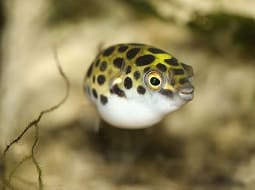
- Ph: 7.5 - 8.5
- Temperature (c°): 24 - 28
- Measures: 15 cm - 18cm
- Aquarium Capacity:
90 Liters - 24 Gallons - Alimentación: Carnivores, Omnivores
- Colores: Black, Green, White, Yellow
- Comportamiento: Territorial, Territorial with its species
- Habitad: Asian
- Morfología: Poisonous
- Preferencias del Acuario: Logs, Natural plants, Rocks
- Tamaño: Medium
- Taxonomía: Fish
- Tipo de Agua: Sweet water, Tropical waters
- Velocidad de nado o movimiento: Slow
- Zona de Nado: Aquarium background

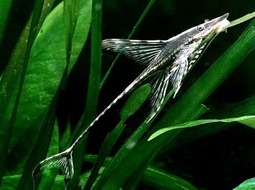
.jpg)


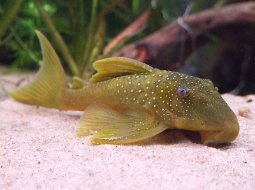

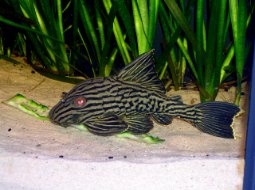




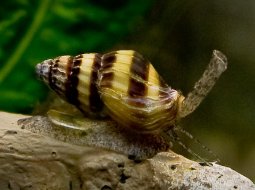
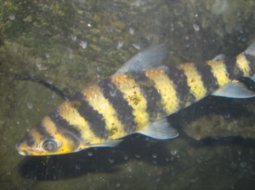
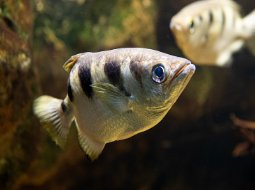
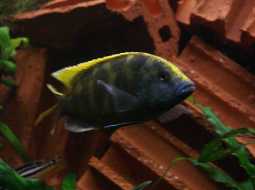

.jpg)
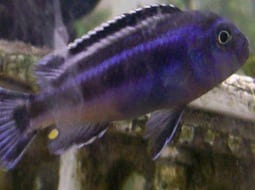



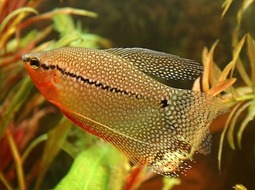
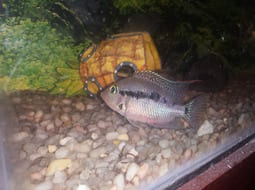







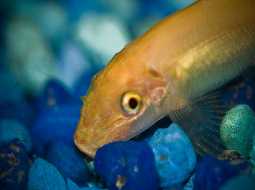

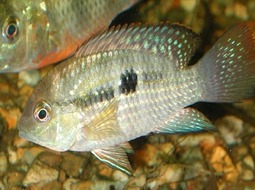

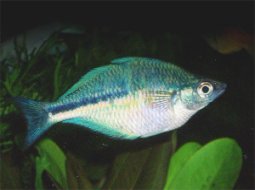



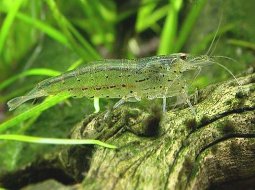
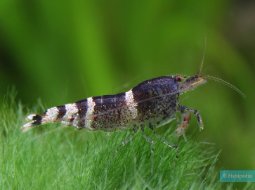



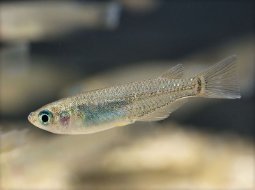


.jpg)

